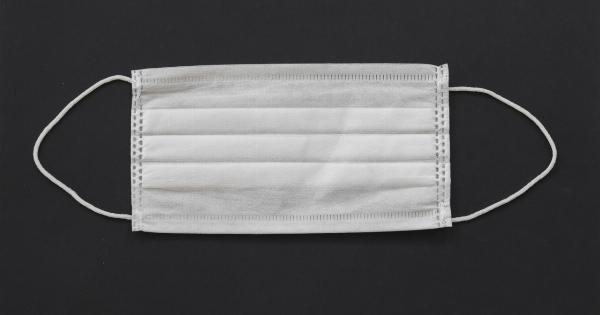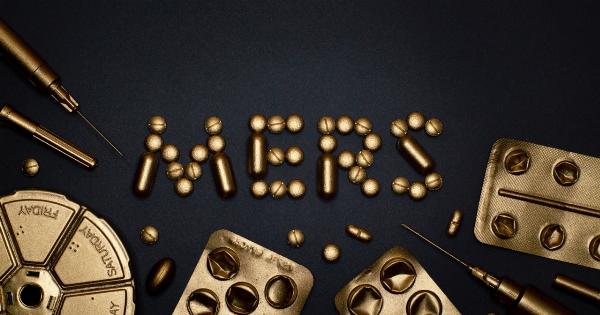A recent incident in a hospital has shocked the medical community and highlighted the need for better hygiene practices in healthcare settings. A patient was discovered to have a large black fluff inside his mouth upon closer inspection.
The incident has led to an investigation by the hospital and raised concerns about the hygiene practices of healthcare workers and the safety of patients.
The Incident
The incident took place in a hospital in the city of [redacted]. The patient, a 60-year-old man, had been admitted to the hospital for treatment of a respiratory infection. He was placed in a ward and started receiving treatment.
However, during a routine checkup, a nurse noticed a large black fluff inside the patient’s mouth. Upon closer inspection, it was found to be a significant amount of black fluff that had accumulated in the patient’s mouth over time.
The nurse immediately reported the incident to the hospital’s management, and an investigation was launched.
The investigation revealed that the fluff was a combination of dust, lint, and fibers that had accumulated in the patient’s mouth due to poor hygiene practices.
The Cause
The investigation found that the black fluff was a result of poor hygiene practices by the healthcare workers. The patient was bedridden and could not move his head, making it difficult for him to clean his mouth properly.
The healthcare workers were responsible for cleaning the patient’s mouth, but they had neglected to do so adequately. The patient’s mouth had accumulated a significant amount of dust, lint, and fibers over time, leading to the formation of the black fluff.
The incident has raised concerns about the hygiene practices of healthcare workers and the safety of patients. Healthcare workers are required to follow strict hygiene practices to ensure the safety of patients.
Failure to follow these practices could lead to the spread of infections and other diseases.
The Impact
The incident has had a significant impact on the hospital and the medical community. The hospital has launched an investigation into the incident and has taken measures to improve its hygiene practices.
The incident has also raised awareness about the importance of hygiene practices in healthcare settings.
The incident has also highlighted the need for better training for healthcare workers. Healthcare workers need to be trained in proper hygiene practices to ensure the safety of patients.
The incident has also shown that patients need to be more vigilant about their own hygiene and should speak up if they notice any issues with their care.
Overall, the incident has highlighted the need for better hygiene practices and training in healthcare settings. It is essential to ensure the safety of patients and prevent incidents like this from happening in the future.
The Solution
The incident has led to changes in the hospital’s policies and practices. The hospital has implemented measures to improve hygiene practices and ensure the safety of patients. Some of the changes are:.
- Increased training for healthcare workers on proper hygiene practices
- Regular checks of patients’ mouths to ensure cleanliness
- Improved communication between patients and healthcare workers
- Increased awareness about the importance of hygiene practices among patients
- Use of specialized tools and equipment to remove fluff and other debris from patients’ mouths
The hospital has also launched a campaign to raise awareness about hygiene practices among the public.
The campaign includes posters, leaflets, and online resources that provide information about hygiene practices and how to maintain good hygiene in healthcare settings.
Conclusion
The incident of black fluff found in a patient’s mouth highlights the need for better hygiene practices in healthcare settings.
Patients rely on healthcare workers to ensure their safety and well-being, and it is essential to maintain the highest standards of hygiene to achieve this. The incident has led to changes in the hospital’s policies and practices and raised awareness about the importance of hygiene practices among patients and healthcare workers.
It is hoped that incidents like this can be prevented in the future through better hygiene practices and training.




























